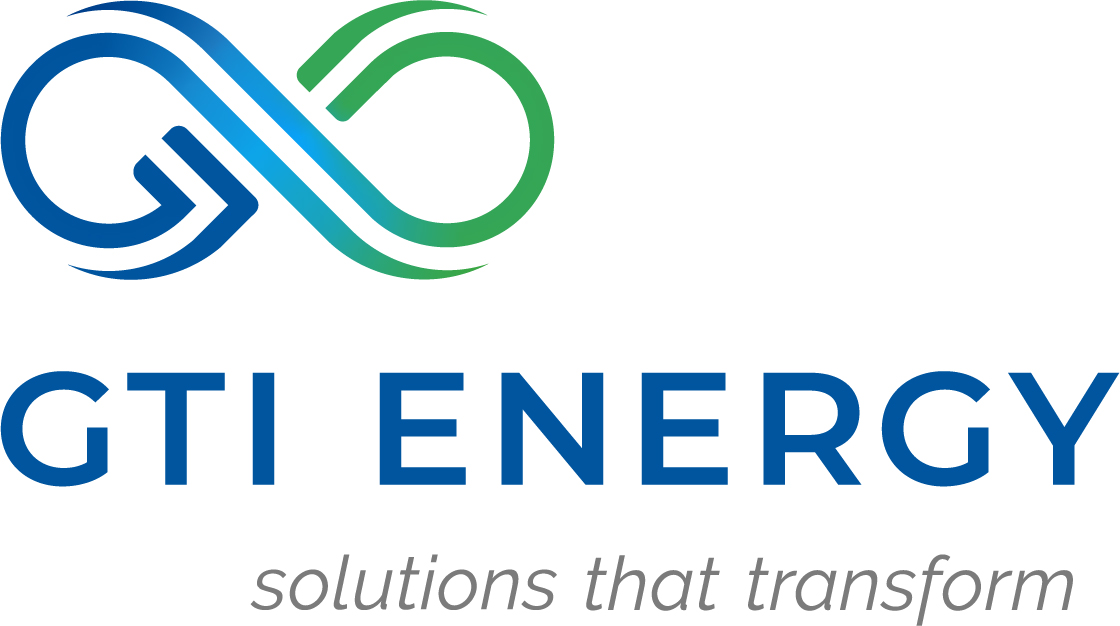UT Energy Week 2023
What Starts Here Energizes the World
[spacer height=”20px”]Thursday, March 30
Crum Auditorium, Rowling Hall, RRH 1.400, 300 W Martin Luther King Jr Blvd, Austin, TX 78705[spacer height=”20px”]
|
9:00 – 9:15 |
Welcome and Opening Remarks
|
|
9:15 – 10:00 |
Policy approaches to Decarbonization: the Good, the Bad, and the Ugly, Keynote Address Click to view PDF slides or watch video Professor Sheila Olmstead, Lyndon B. Johnson School of Public Affairs at The University of Texas at Austin Countries are taking many different approaches to decarbonization. To highlight one important contrast, the EU, China, Canada and many other countries rely significantly on carbon pricing, while the U.S. Inflation Reduction Act doubles down on subsidies for climate-friendly technologies. Many countries and, indeed, sub-national governments (states, cities, …) with decarbonization policies take a mix of approaches, including prices and subsidies, as well as technology standards, performance standards, information disclosure, and others. From an economic perspective, there are upsides and downsides to all of these decarbonization policy tools – hence, “the good, the bad and the ugly.” This talk will sketch out the important differences between these approaches and discuss the empirical evidence for their effectiveness, cost-effectiveness, capacity to induce technological change that reduces the long-run cost of decarbonization, and political acceptability. |
|
10:00 – 10:15 |
Break |
|
10:15 – 11:15 |
Panel: The Future of Clean Hydrogen in Texas • View recording Many see hydrogen production as a holy grail of low carbon energy. Companies appear excited about the fuel’s possibilities, as well. Firms have collectively announced more than half-trillion dollars of investment directed at tapping hydrogen’s potential. This panel will break down the science behind hydrogen, why the potential is enticing, and explore why people should care about the future of hydrogen.
Some questions to consider: Why are major oil and gas companies investing in the space and do these investments indicate a reprioritization of resources away from their traditional moneymakers, oil and gas? Why does the Gulf Coast make sense for these projects? How much of the existing infrastructure can be used? What are the potential safety or environmental concerns of hydrogen projects? How large are the economic opportunities that these hydrogen projects bring to the region and how to they compare to any concerns? W. Victor Brownlees Director of Finance City of Baytown Dave Dankworth • View PDF slides Chendhil Periasamy • View PDF slides Pedro T. Santos • View PDF slides Andy Uhler (Moderator) |
|
11:15 – 12:15 |
Panel: The Inflation Reduction Act: Impact on Energy • View recording With nearly $400 billion directed to incentivizing clean energy, the impact of the IRA on the energy industry will be substantial. Around $260 of this $400 billion will be in the form of consumer and corporate tax incentives such as the Investment Tax Credit (ITC) and Production Tax Credit (PTC) over the next decade. Some of the questions that this panel will explore include:
Luke Bassett Former Senior Professional Staff Member Advising Chairman Joe Manchin III U.S. Senate Committee on Energy and Natural Resources Andy Bowman Jay Chang Courtney Mooney Shawn Cumberland (Moderator) |
|
12:15 – 1:00 |
Lunch | Light Networking |
|
1:00 – 1:30 |
Between Two Cacti with Brian Korgel: Jeff Miers of AWS Talks about the Energy Future Click to view PDF slides or watch video In this 30 minute episode of “Between Two Cacti,” Energy Institute Director Brian Korgel will discuss with Jeff Miers, the Global Director of Partnerships and Alliances for the Energy & Utilities Industry Business Unit at Amazon Web Services (AWS), how emerging innovations and partnerships at AWS and Amazon are helping to meet their company’s ambitious net zero greenhouse gas emissions goals. |
|
1:45 – 2:30 |
Making sense of data: Accurate carbon accounting across global energy supply chains, Keynote Address Click to view recording Arvind Ravikumar, Research Associate Professor and Co-Director, Energy Emissions Modeling and Data Lab, Hildebrand Department of Petroleum and Geosystems Engineering, The University of Texas at Austin Innovations in technology are revolutionizing our approach to monitoring carbon emissions. Satellites, aerial and autonomous drone surveys, and continuous monitoring systems can now provide near real-time data on greenhouse gas emissions across global energy supply chains. How do we make sense of the incoming onslaught of data? And more importantly, how can we build trust in carbon accounting systems if the methods of interpreting data remain hidden? And what new policies, market, and financial products could be enabled by a vast improvement in our carbon accounting approach? |
|
2:30 – 3:30 |
Panel: Moving Toward an Equitable Energy Future • View recording Governments and corporations are implementing policies to drive sustainable and equitable economic growth for a low-carbon energy future and to address the harmful impact of climate change and its social, economic, and environmental injustices. To be effective, these new policies must ensure that climate solutions are equitable for communities that have been marginalized or disproportionately impacted by economic and energy policies of the past. Climate solutions must stem from strong relationships with local communities and be developed with those communities, not simply for them. This panel will discuss collaborative frameworks to help governments, corporations, and communities build regional capacity and align solution creation for an equitable energy future. Steve Brown • View PDF slides Founder and Board Officer Clean Energy Fund of Texas John Hall President and CEO Houston Advanced Research Center (HARC) Maria Reyes Deputy Director Commission Shift Dana Harmon (Moderator) Founder and Principal Juniper Advisory Group |
|
3:30 – 3:45 |
Break |
|
3:45 – 4:50 |
Panel: The Permian Basin as a Model Regional Energy Innovation Hub • View recording To significantly reduce overall greenhouse gas emissions and help mitigate climate change, industry, government, and community leaders around the world are committing to and investing in decarbonization of the energy sector and transitioning away from carbon-intensive energy sources. The resulting need for advanced, energy technology solutions and new business models offers tremendous potential for economic growth in regions that take advantage of the opportunities—developments that should enhance community resilience and climate security. At the same time, it is imperative that we begin now to foster and educate an advanced energy workforce. We need to begin locally to ensure that the Permian Basin thrives as new technologies are adopted. Without this workforce, the energy transition could prompt economic uncertainty and adversity in these communities vulnerable to change in the energy landscape.The Permian Basin is the largest oil- and gas-producing region in the nation, relying heavily on extractive industries. With growing adoption of renewable power generation and high potential for carbon and hydrogen storage, the region is now at the crossroads of the national agenda to transition to a low-carbon future. The emerging energy future presents unique economic opportunities for the region, providing a much-needed pathway toward economic diversification. This panel will discuss the opportunities to create strategic cross-sector partnerships and leverage the workforce capabilities and deep energy-research expertise already on the ground in the Permian Basin that could propel the region to become the national and global leader in advanced energy innovations and robust clean energy economies.
Tramaine Anderson Vice President for Instruction Odessa College Marilu Hastings Billy Murphy Sunday Shepherd Andy Uhler (Moderator) |
|
4:50 – 5:00 |
Concluding Remarks |
|
|
UT Energy Week Thursday Receptions Campus Reception
Sponsored by The Cynthia and George Mitchell Foundation 
5:00 – 7:00 p.m. Join the UT Energy Institute for drinks and refreshments, live jazz, and further discussion of the future of energy and the Permian Basin. The KBH Energy Center Networking Reception Sponsored by Kirkland & Ellis 
5:30 – 7:00 p.m. The KBH Center, in collaboration with Kirkland and Ellis, invites you to join us for a reception at the Four Seasons Hotel. This will be an opportunity to network with energy industry professionals and students. We will provide beverages, passed appetizers, and live music. We hope to see you there! |
|
|
Back to top of page |












